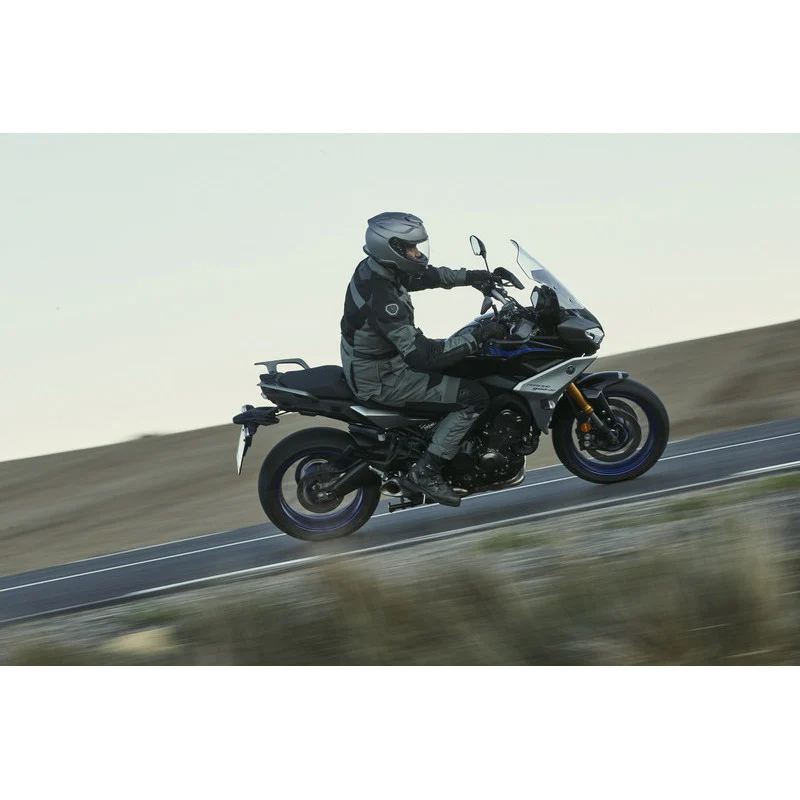
When it comes to motorcycle gear, a quality jacket is an absolute essential. Not only does it offer protection from the elements, but it also plays a crucial role in safeguarding you from potential injuries during a ride. With a wide variety of options available in the market, selecting the right motorcycle jacket can be overwhelming. However, by considering certain factors and understanding the different features available, you can make an informed decision. In this article, we will provide you with a comprehensive guide on how to choose the right motorcycle jacket.
Safety Features
The primary purpose of a motorcycle jacket is to protect you during a ride. Therefore, safety features should be your top priority when selecting a jacket. Look for the following features that enhance protection:
a. Armor: Jackets often come with built-in armor in the form of padding or removable CE-approved protectors for the back, elbows, and shoulders. This armor helps absorb impact and reduce the risk of injuries during accidents.
b. Abrasion resistance: The material of the jacket should be highly resistant to abrasion. Leather, particularly cowhide, is known for its durability and ability to withstand abrasion. Textile jackets with high-denier nylon or polyester fabric also offer good abrasion resistance.
c. Reflective panels: Jackets with reflective panels enhance visibility during low-light conditions, ensuring that other motorists can see you easily.
d. Reinforced stitching: Check for jackets with double or triple stitching in critical areas as it enhances the durability and strength of the jacket, increasing its ability to withstand the impact.
Material
Choosing the right material for your motorcycle jacket is crucial in determining its durability, comfort, and level of protection. The most popular materials used in motorcycle jackets are leather and textile. Let’s explore the characteristics of each:
a. Leather: Leather jackets have been a staple in motorcycle gear for many years. They offer excellent abrasion resistance, durability, and a classic look. Genuine cowhide leather is the most common choice due to its toughness and longevity. However, buffalo and kangaroo leather jackets are also available, offering even greater abrasion resistance and flexibility.
b. Textile: Textile jackets are gaining popularity due to their versatility, comfort, and affordability. They are made from materials such as nylon, polyester, or a blend of both. Textile jackets often incorporate advanced technologies like Gore-Tex or Cordura for enhanced water resistance and breathability.
Textile jackets are generally more lightweight than leather jackets and are suitable for various weather conditions. They offer excellent protection and often come with removable liners for added warmth during colder rides.
Style and Fit
Finding a motorcycle jacket that suits your style and fits you properly is essential for both comfort and safety. Consider the following factors when it comes to style and fit:
a. Riding style: Different riding styles may require specific jacket styles. For example, if you ride a cruiser, you may prefer a classic leather jacket. On the other hand, adventure riders may opt for a textile jacket with multiple pockets and ventilation features.
b. Fit: A proper fit ensures that the jacket provides adequate protection and comfort. Ideally, the jacket should be snug but not overly tight, allowing enough room for movement and layering clothes underneath. Pay attention to sleeve length, shoulder width, and waist adjustment options to ensure a personalized fit.
c. Length: The length of the jacket is also a crucial consideration. A jacket that covers your lower back and extends over your waistline provides better protection against wind and road debris.
Ventilation and Climate Control
Motorcycle jackets can get hot and uncomfortable, particularly during summer rides. Look for jackets with ventilation features that allow proper airflow, keeping you cool and comfortable. Common ventilation options include:
a. Vents: Jackets often have zippered vents strategically placed in areas like the chest, back, and arms. These vents can be opened to allow air to circulate through the jacket, preventing excessive sweating.
b. Mesh panels: Some jackets feature mesh panels in areas prone to perspiration, providing enhanced breathability and airflow.
c. Removable liners: Many jackets come with removable thermal or waterproof liners. These liners can be added or removed depending on the weather conditions, allowing you to adjust your jacket’s climate control accordingly.
